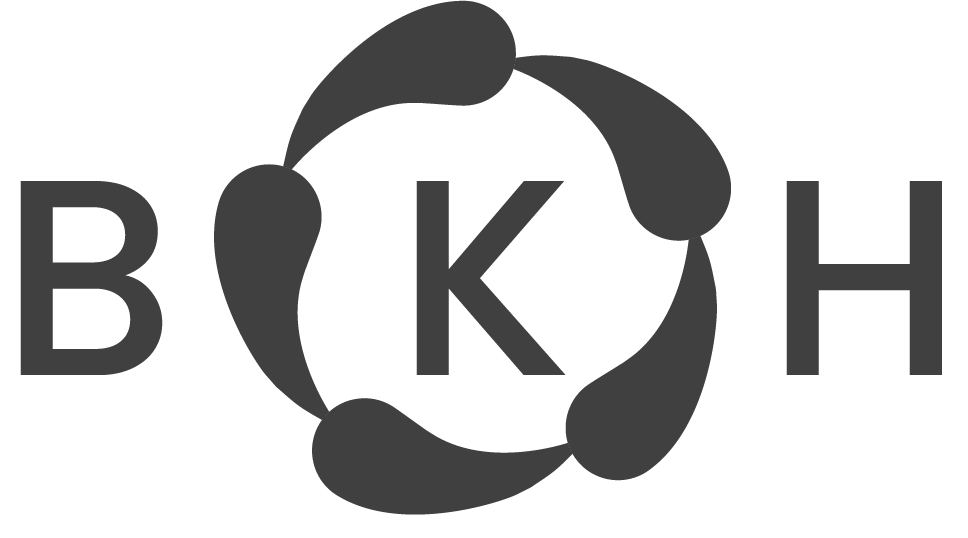Target Groups
Access for all, anytime and from anywhere
At its core, the BKH supports a newly emerging community of users of interlinked corpora of data, services, and knowledge across the entire biodiversity research cycle, from collecting specimens to final publications. The community of users is a novel one and, as such, will grow and expand. Still, there are some obvious target user groups such as research infrastructures, biodiversity researchers, taxonomists, informaticians, collection managers, and publishers (see the BKH homepage for further explanations on specific benefits for each of these key target groups).
A detailed practical scenario of using the Biodiversity Knowledge Hub (BKH) can be illustrated through various roles and activities within the biodiversity research community. Here are some examples:

- Research Infrastructures: Research institutions can utilize BKH to understand how different research infrastructures link their data and collaborate. They can learn how to add value for new communities of users who access data from their infrastructure and join BKH to link their data.
- Biodiversity Researchers: Researchers can benefit from BKH by learning about new data types from previously disconnected sources. They can identify new data sources for their research questions, avoid errors through a better understanding of taxonomic name usage, and ask complex queries through the FAIR Data Place knowledge bases.
- Taxonomists: These professionals can use BKH to compare name usage across thousands of checklists and link directly to taxonomic treatments. They can also access newly published information on a taxon and create a taxonomy tailored to their specific needs.
- Biodiversity Informaticians: Informaticians can find links between data through the FAIR Data Place, get guidance on the use of persistent identifiers and APIs, access multiple data types through these APIs, and assemble and download complex datasets derived from data linking tools.
- Collection Managers: Managers of biological collections can explore how their collection data is being used, get information on the use of their specimens, and access data linked to their specimens, such as taxon names, sequences, type status, and nomenclatural changes.
- Publishers: They can access guidelines, best practices, and tools for semantic publishing, explore and implement the use of persistent identifiers for different data elements, and access workflows for Linked Open Data.



